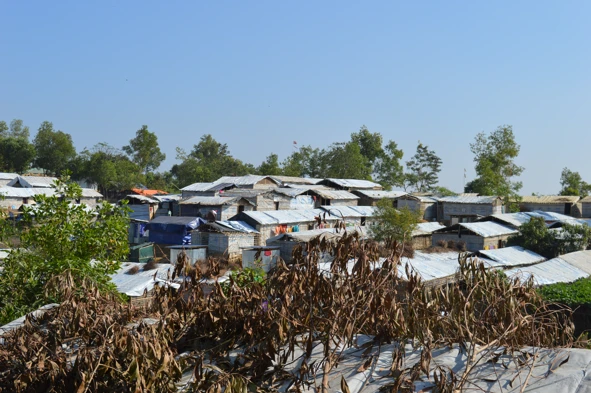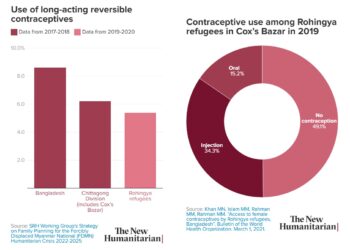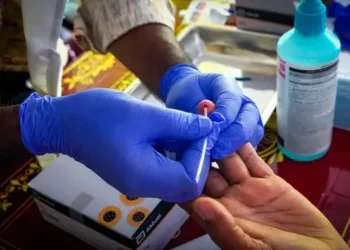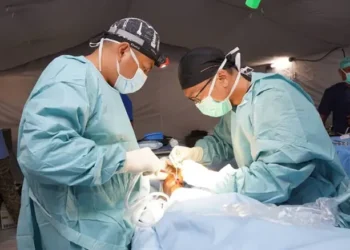Objectives
To enhance NCD care and prevention, with a focus on diabetes and hypertension, for Rohingya refugees and host communities.
Approach
This project aims to enhance Non-Communicable Disease (NCD) care services within the Rohingya refugee camps in Bangladesh, Cox’s Bazar district. Six out of thirty-three camps have been selected for this initiative, serving a population of 135,609 refugees and 35,000 host community members. The central elements of the project include:
1. Health Systems Strengthening: The project focuses on improving NCD services in Primary Healthcare Centers (PHCs) within the camps. Our partners plan to establish a new NCD clinic and upgrade two existing ones, equipped for disease screening, diagnostics, and management—particularly diabetes and hypertension. The project will streamline patient pathways and referrals to higher-level care facilities outside the camps. Three other PHCs will also benefit from capacity building to sustain NCD care services.
2. Capacity Building: The project aims to enhance the skills of healthcare providers in line with WHO-PEN protocols for NCD care and HIP.
3. Community Health: By training Community Health Workers (CHWs) to disseminate NCD educational resources, the project aims to raise awareness of risk factors, lifestyle adjustments, and prevention measures among refugees and host communities. The project will also put a special focus on mental health and psychosocial support.
4. Advocacy: The project will foster coordination with local health authorities and stakeholders to incorporate NCD care into wider humanitarian frameworks, and will advocate for the establishment of additional NCD clinics within two districts of Cox’s Bazar to cater to host communities outside the camps.
Expected results
– 6 PHCs inside the camps enhanced with NCD services.
– 75 doctors trained on NCD care and HIP; 30 nurses trained on HIP.
– 1,750 CHWs trained in NCD care support and prevention.
– 50,000 people screened for diabetes.
– 7,000 people received comprehensive diabetes care and treatment at established/strengthened health centers.
– 12,000 women screened for HIP and 1,000 women to receive treatment for HIP.
– 170,000 people reached with NCD awareness raising activities.
– Project outcomes include baseline and endline assessment of change in patients’ biological risk factors and anthropometric measures.


















